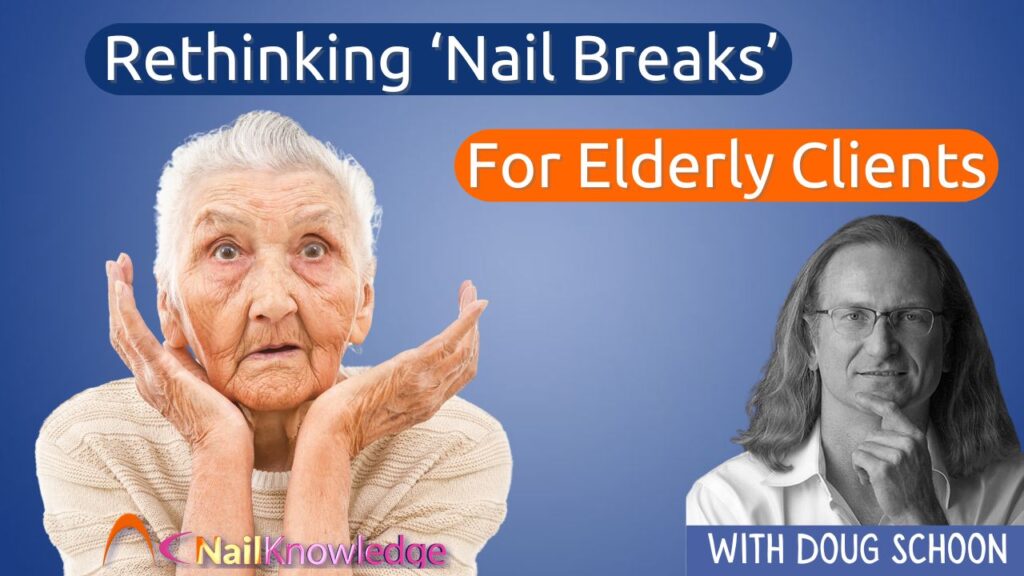When dealing with nail issues in elderly clients, it’s common to consider a “nail break” as a potential solution, especially when faced with challenges like poor circulation, cold hands, and lifting nails. One nail professional recently shared their experience:
“My elderly client has worn acrylic for over 20 years. She has poor circulation and cold hands, so her nails lift a lot. I’ve tried everything; overlays, new tips and overlays, and warming her hands up before her service and during application. I think she needs to take a ‘nail break’ and recondition her nails, but she doesn’t want to. What would you suggest I can do to either improve her wearability or get her to take a break?”
Challenging the Myth of ‘Nail Breaks’ and Examining Techniques
I don’t know what a “nail break” would accomplish. The nail plate doesn’t get “tired” or “fed up” with nail coatings and there is no truth to the myth that nails need to breathe. What is a break supposed to accomplish? Also, I don’t understand how poor circulation or cold hands can affect adhesion, so I doubt this is the problem.
I’ve noticed that nail technicians never suggest giving the nails a break, except as a last resort. When everything else they’ve tried doesn’t work, throw up your hands and tell the client to take a nail break. This seems to be a typical pattern, first blame the products, then blame the client, then tell them to take a break from their nails. What happened to this step? “I should carefully examine my own techniques to see if I’m doing something that causes the problems.” This is the first thing a wise nail technician will do.
Rethinking Nail Breaks: Customizing Techniques for Older Clients
It doesn’t matter how long you’ve been doing nails. In fact, the longer you’ve been doing nails, the harder it will be to find solutions to difficult problems unless you challenge your own techniques or methods. Many times, veteran nail techs will fall into a pattern and begin to do “factory nails”. Everyone gets the same set of nails, rather than customize the service for each client based on their needs.
For example, many (if not most) nail technicians over-file the natural nail. However, older clients nail plates grow more slowly. This results in the same parts of the nail plate being filed repeatedly, before it finally grows over the free edge. In addition, the nail plates of older clients often begin to grow thinner naturally. This natural thinning is made worse by filing or excessive buffing.
Perhaps what the client in question really needs is less filing and buffing. I’ve not seen the nails, so I’m speculating, but if this nail tech is doing everything correctly, why would the client need time for her nails to recondition?
The Importance of Minimizing Filing and Buffing
File and Buff Less! Respect your client’s nails, and avoid thinning the nail plate! In fact, that’s a general solution to many problems that clients experience, no matter what their age. If nail technicians worked to actively avoid excessive filing and buffing, their clients would have thicker nail plates and would be better able to wear their nail coatings. As the old saying goes, “You can’t build a strong house on a weak foundation”.


